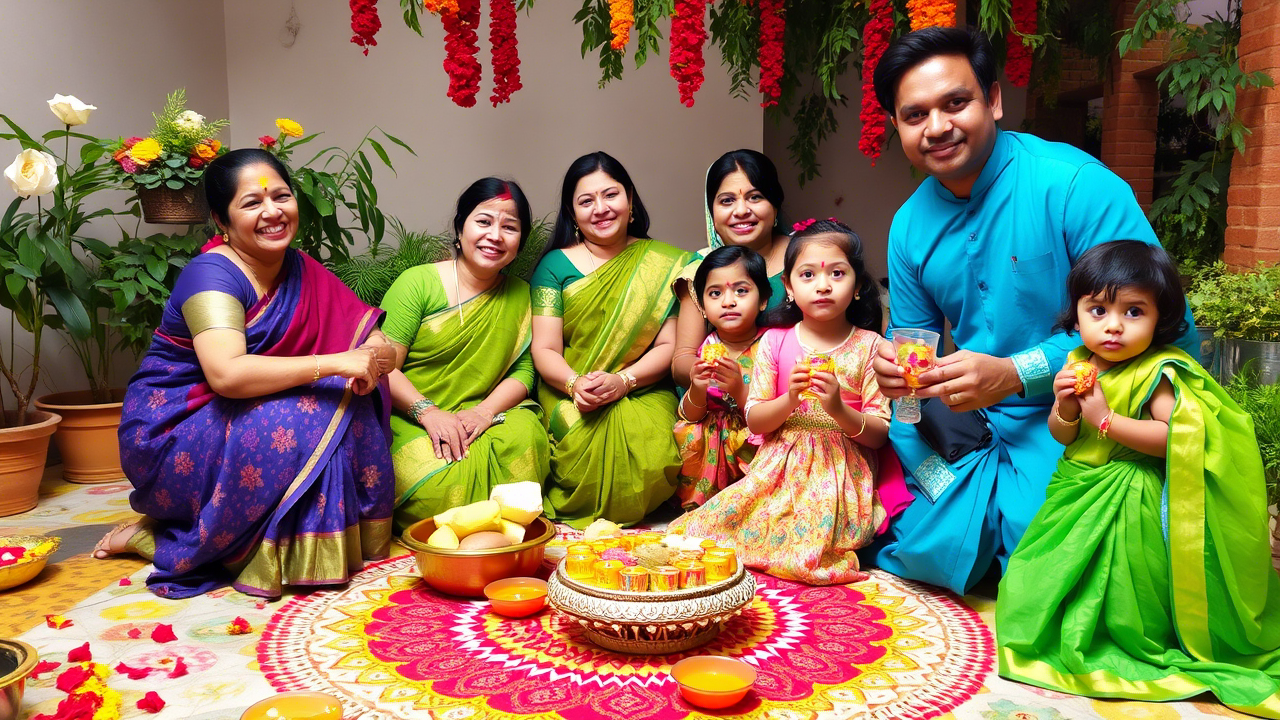Why Do We Celebrate Two Ram Navamis?
Ram Navami is one of the most significant Hindu festivals, marking the birth of Lord Rama, the seventh avatar of Lord Vishnu. Celebrated on the ninth day (Navami) of the Shukla Paksha in the month of Chaitra, this sacred day signifies the victory of good over evil and the establishment of dharma (righteousness).

But did you know that some people observe two Ram Navamis? Let’s explore why that is, and what it means for devotees.
The Spiritual Essence of Ram Navami
Ram Navami is widely celebrated across India and beyond, especially in places like Ayodhya, Rameswaram, Bhadrachalam, and Sitamarhi. It honors the birth of Lord Rama in Ayodhya and reflects the values he stood for—truth, humility, discipline, and justice.
Devotees celebrate the day with prayers, bhajans, processions, and fasts. In many regions, elaborate Ramlila performances are also organized, dramatizing episodes from Rama’s life, especially his victory over Ravana.

Why Two Ram Navami Celebrations?
There are two perspectives behind the celebration of Ram Navami, which leads to its observance in two different spiritual contexts:
1. The Traditional Birth Celebration
This is the most common and widely observed form of Ram Navami. According to Hindu scriptures, Lord Rama was born at noon on the ninth day of Chaitra Shukla Paksha. The celebration includes:
- Fasting until noon
- Offering prayers at temples
- Special aartis and havans
- Cradle ceremonies for baby Rama
This version of Ram Navami is part of Chaitra Navratri, the spring Navratri, and represents the joyful arrival of Rama into the world.
2. The Divine Descent Belief
Some sects and spiritual traditions believe Lord Rama descended from Vishnu’s heavenly abode, not just born as a human. This belief centers more around Rama’s cosmic purpose—the divine force coming to earth to restore dharma.
This form of celebration is more philosophical and meditative, focusing on:
- Reciting Ramayana or Ramcharitmanas
- Quiet meditation and reflection
- Worship of Rama as a divine principle
Cultural and Regional Variations
Both forms are rooted in devotion, but the expression may vary. In Ayodhya, where Rama is believed to have been born, large-scale celebrations include processions with idols, temple rituals, and storytelling. In other regions, the day may be more subdued, focusing on spiritual reading and personal prayer.
The Message Behind the Two Celebrations
Whether celebrated as a birth festival or a divine descent, Ram Navami serves one universal purpose: to remind people of moral responsibility, spiritual discipline, and the power of truth and righteousness.
Lord Rama's life teaches us to be ideal individuals—as sons, brothers, rulers, and human beings. Celebrating Ram Navami, in any form, is about aligning ourselves with these eternal values.
Final Thoughts
So, why do we celebrate two Ram Navamis? Because Lord Rama is not just a historical figure—he’s a symbol of divine perfection, both as a man and as a divine incarnation. The two observances reflect the depth and diversity of Hindu spirituality, where devotion takes many beautiful forms.
Jai Shri Ram!
